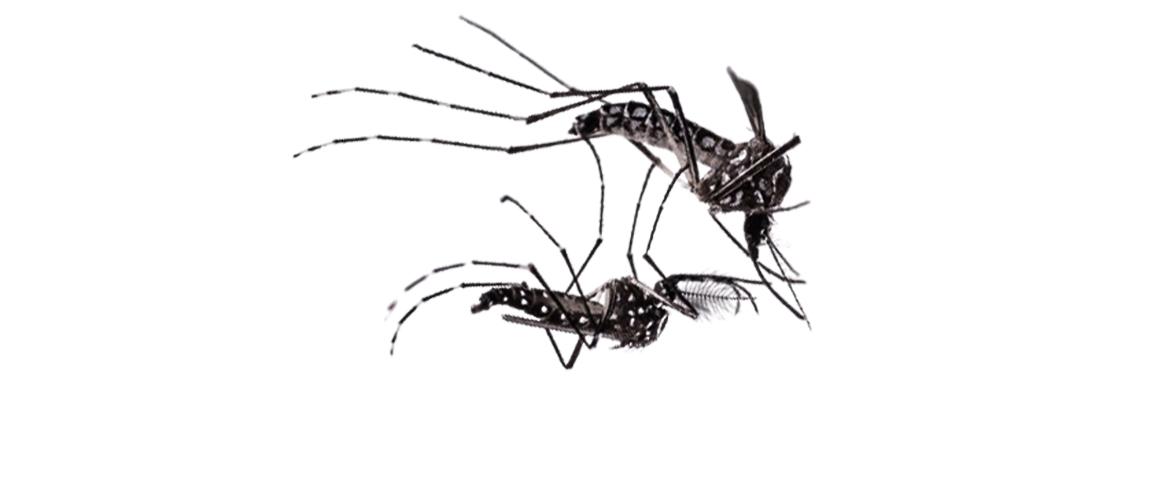Results & impact 10 October 2025
- Home
- Press area
- Press releases
- A revolution in the fight against mosquito-borne diseases
Could the sterile insect technique revolutionize the fight against mosquito-borne diseases?

A couple of Aedes aegypti mosquitoes © Deng Lu
The sterile insect technique (SIT) is an innovative strategy aimed at eradicating disease-carrying mosquitoes. By flooding mosquito populations with sterile males, the SIT aims to shrink, or even eliminate, wild female mosquito populations.
Our study showed that mass releases of sterile males can have immediate effects on female population levels, and put a stop to disease transmission.
Laboratory and field studies showed that high ratios of sterile males to wild females shorten the lifespan of female mosquitoes, which reduces their capacity to feed and bite.
Promising results for the future
The trials conducted demonstrated a significant reduction in bite rates and mosquito density. For instance, in a field trial across 1.17 hectares in China, female mosquito bite rates fell by 80% and female mosquito density by 40%, without having to render the females sterile.
This reduction was obtained by releasing swarms of sterile male wild mosquitoes in the vicinity of humans, to serve as a protective barrier as they attempt to mate with female mosquitoes attracted by their hosts.
The SIT, a doubly effective strategy
"The SIT is a doubly effective weapon, which boosts the sterility of mosquito populations and reduces disease transmission", Jérémy Bouyer concludes.
The technique could be a turning point in the fight against arboviruses such as dengue, chikungunya and Zika.
Reference
Zhang Dongjing, Maiga Hamidou, Li Yongjun, Bakhoum Mame Thierno, Wang Gang, Sun Yan, Damiens David, Mamaï Wadaka, Bimbilé Somda Nanwintoum Séverin, Wallner Thomas, Bueno-Masso Odet, Martina Claudia, Kotla Simran Singh, Yamada Hanano, Lu Deng, Tan Cheong Huat, Guo Jiatian, Feng Qingdeng, Zhang Junyan, Zhao Xufei, Paerhande Dilinuer, Pan Wenjie, Wu YU, Zheng Xiaoying, Wu Zhongdao, Xi Zhiyong, Vreysen Marc J.B., Bouyer Jérémy. Mating harassment may boost the effectiveness of the sterile insect technique for Aedes mosquitoes , 2024. 13p.



























